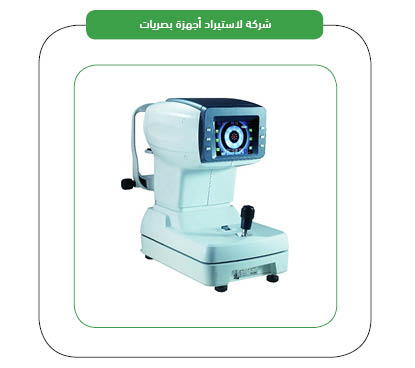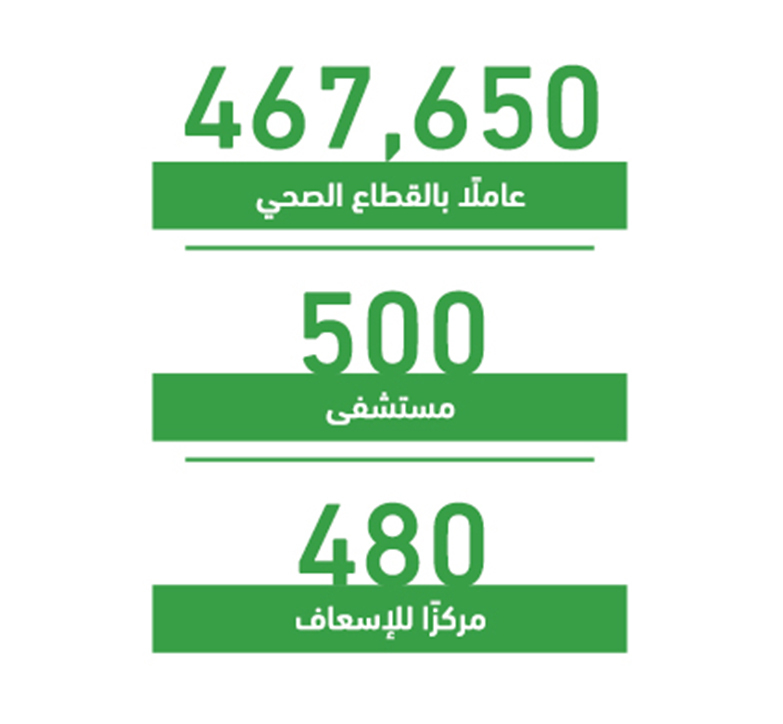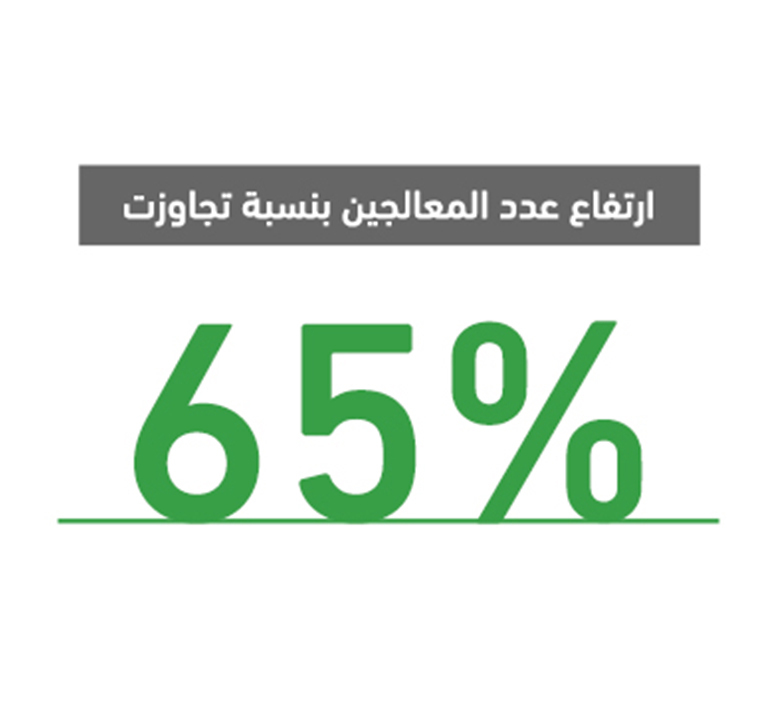Mashroo3k Economic Consulting Company offers a feasibility study for an optical equipment import company project, with the highest return on investment and the best payback period. This study is based on a series of in-depth studies of the size of the Yemeni market, an analysis of the strategies of local and foreign competitors, and the provision of competitive pricing.

Optical equipment is among the high-demand commodities in the Yemeni market, according to supply and demand data from Mashroo3k for Economic Consulting. Establishing an optical equipment import company in Yemen presents a lucrative investment opportunity, catering to ophthalmology clinics, specialized hospitals, and the healthcare sector.
Mashroo3k for Economic Consulting provides investors interested in launching an optical equipment import company in Yemen with specialized feasibility studies based on up-to-date market data. These studies help ensure project success, maximize profitability, and achieve the best return on investment (ROI) within an optimal payback period. The studies include detailed market analysis of the Yemeni healthcare sector, competitive strategy assessment of both local and international players, supplier research and evaluation of potential procurement options, and access to competitive pricing strategies to enhance market positioning. With comprehensive feasibility studies and expert insights, investors can develop a well-informed strategy to secure a strong foothold in the growing optical equipment market in Yemen.

Mashroo3k for Economic Consulting advises investors interested in launching an optical equipment import company in Yemen or expanding their existing projects to seek guidance from specialized consultants. With expert insights from Mashroo3k, investors can identify the best strategies and methods to secure an optimal market share.


Executive summary
Study project services/products
Market Size Analysis
Risk Assessment
Technical study
Financial study
Organizational and administrative study

The Healthcare Sector in the GCC Countries
Mashroo3k has presented key indicators and crucial insights for anyone interested in investing in this sector and its projects within the GCC countries:
The total number of hospitals in the GCC stands at 802 hospitals, according to the latest statistics. The public sector accounts for 58.9%, while the private sector holds 41.1% of the total hospitals.
More than 61% of physicians are based in Saudi Arabia.
Among GCC countries, the UAE recorded the highest percentage of physicians in the private sector at 64%, followed by Bahrain at 44.8%, and Qatar in third place at 27.1%.
Kuwait recorded the highest percentage of physicians in the public sector at 79%, followed by Oman at 74.6%, and Saudi Arabia at 71.6%.
In Saudi Arabia, annual spending on digital health infrastructure is expected to rise from $0.5 billion to $1.5 billion by 2030.
The GCC region currently has around 700 healthcare projects in various stages of development, with a total estimated value of $60.9 billion. These include hospitals, clinics, and research centers, with 264 projects worth $24.7 billion under construction.
Throughout Mashroo3k’s journey in supporting entrepreneurs and investors, the company has developed a deep belief in the significance of the healthcare sector and its vital role in economic growth and national progress. Based on this belief, Mashroo3k has compiled key indicators and investment insights for those looking to enter the healthcare sector in the GCC:
Healthcare expenditure in the GCC is expected to reach $104.6 billion in 2022, up from $76.1 billion in 2017.
The average healthcare inflation rate in the GCC is expected to decline to 4% in the coming years.
With the anticipated increase in patient numbers, GCC countries will require a total bed capacity of 118,295 beds.
Artificial Intelligence (AI) is projected to account for 30% of hospital investments in the GCC from 2023 until the end of 2030.
The pharmaceutical manufacturing market in the GCC is expected to grow, reaching between $8 billion and $10 billion.
The consumable medical supplies market in the GCC is set to flourish between 2025 and 2030, with its market size expected to reach $30 billion.

According to United Nations reports, the global population is expected to reach 8.5 billion by 2030 and 9.7 billion by 2050. This population growth will undoubtedly lead to an increased demand for healthcare services, making investment in this vital sector highly recommended by Mashroo3k.
Global healthcare spending is projected to grow at an annual rate of 3.9% between 2020 and 2024, a significant increase compared to the 2.8% growth rate recorded between 2015 and 2019.
It is worth noting that the global hospital bed capacity stands at 2.9 beds per 1,000 people, while the number of doctors per 1,000 people is 1.8, and the number of nurses and midwives per 1,000 people is 4. These figures are far below the required levels, highlighting the urgent need for increased investment in the healthcare sector to meet the rising demand for medical services.
Technological advancements in healthcare have played a crucial role in improving medical services, leading to higher survival rates and better quality of life over the past decade. Experts predict that the global healthcare services market will grow from $6,872.86 billion by the end of 2021 to $7,548.52 billion by the end of 2022.
By 2026, the market is expected to witness substantial growth, reaching a value of $10,414.36 billion, with a compound annual growth rate (CAGR) of 8.4% from 2022 to 2026.